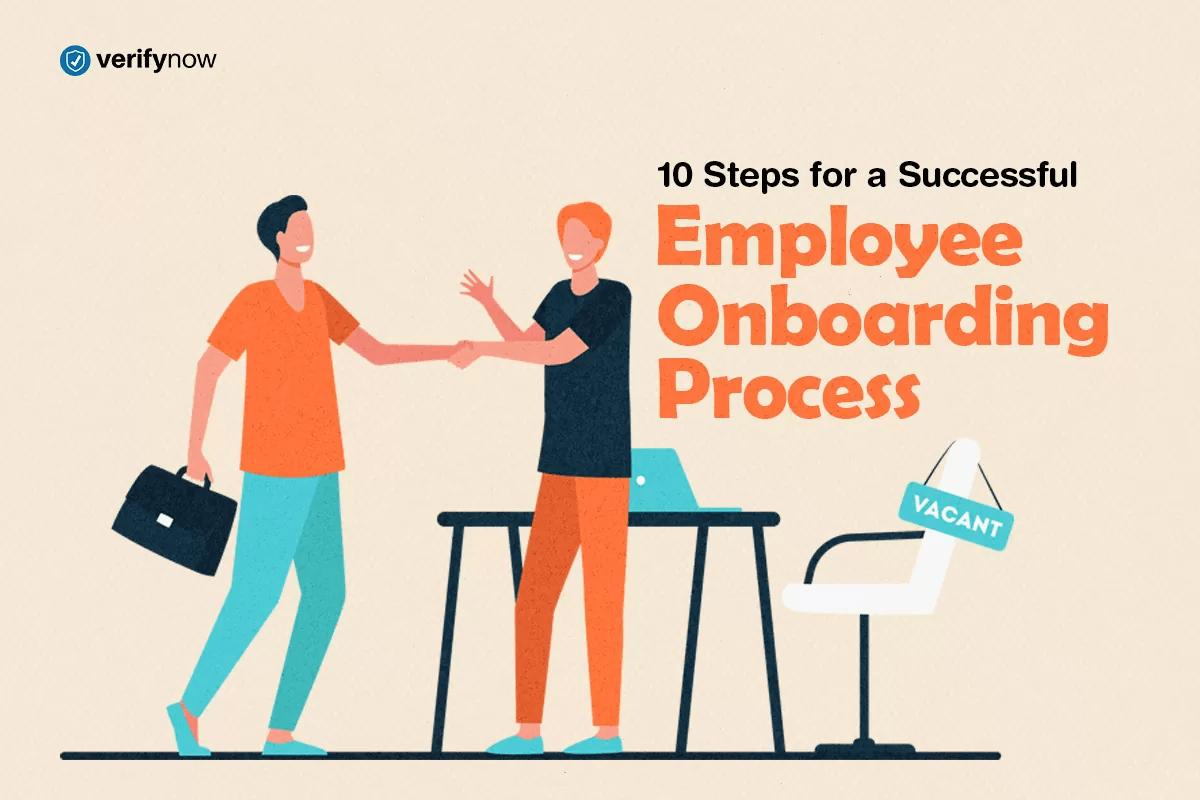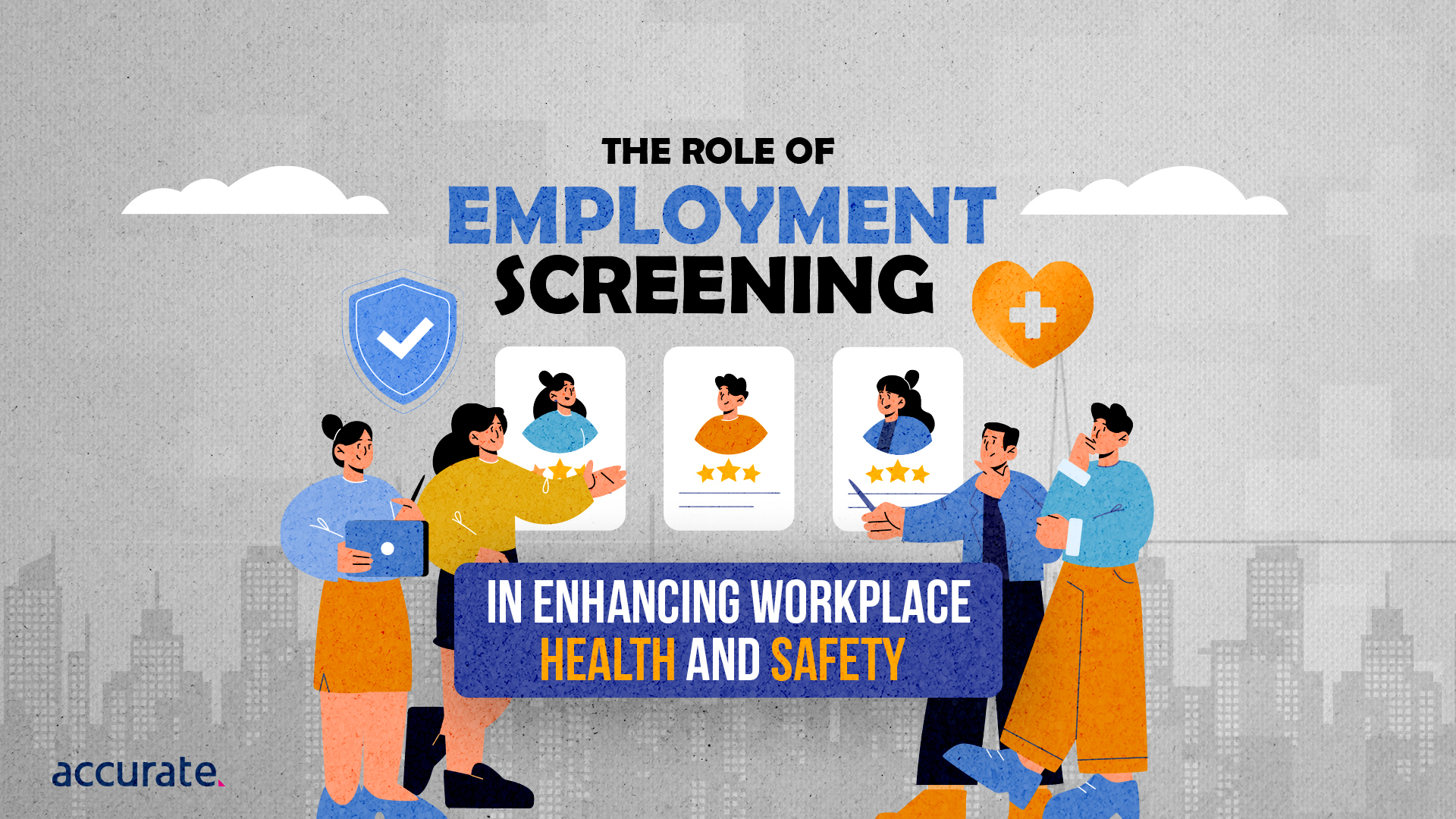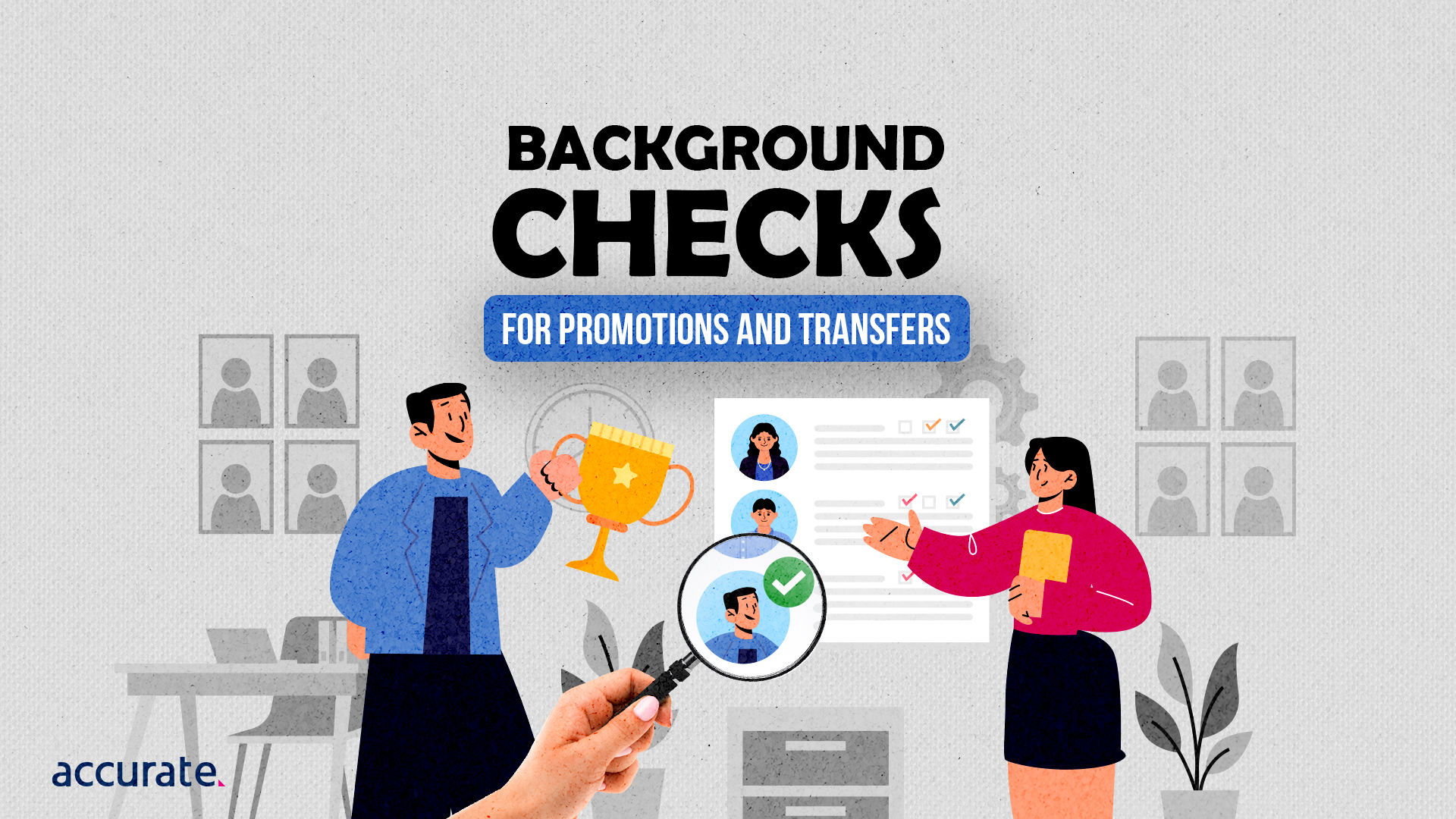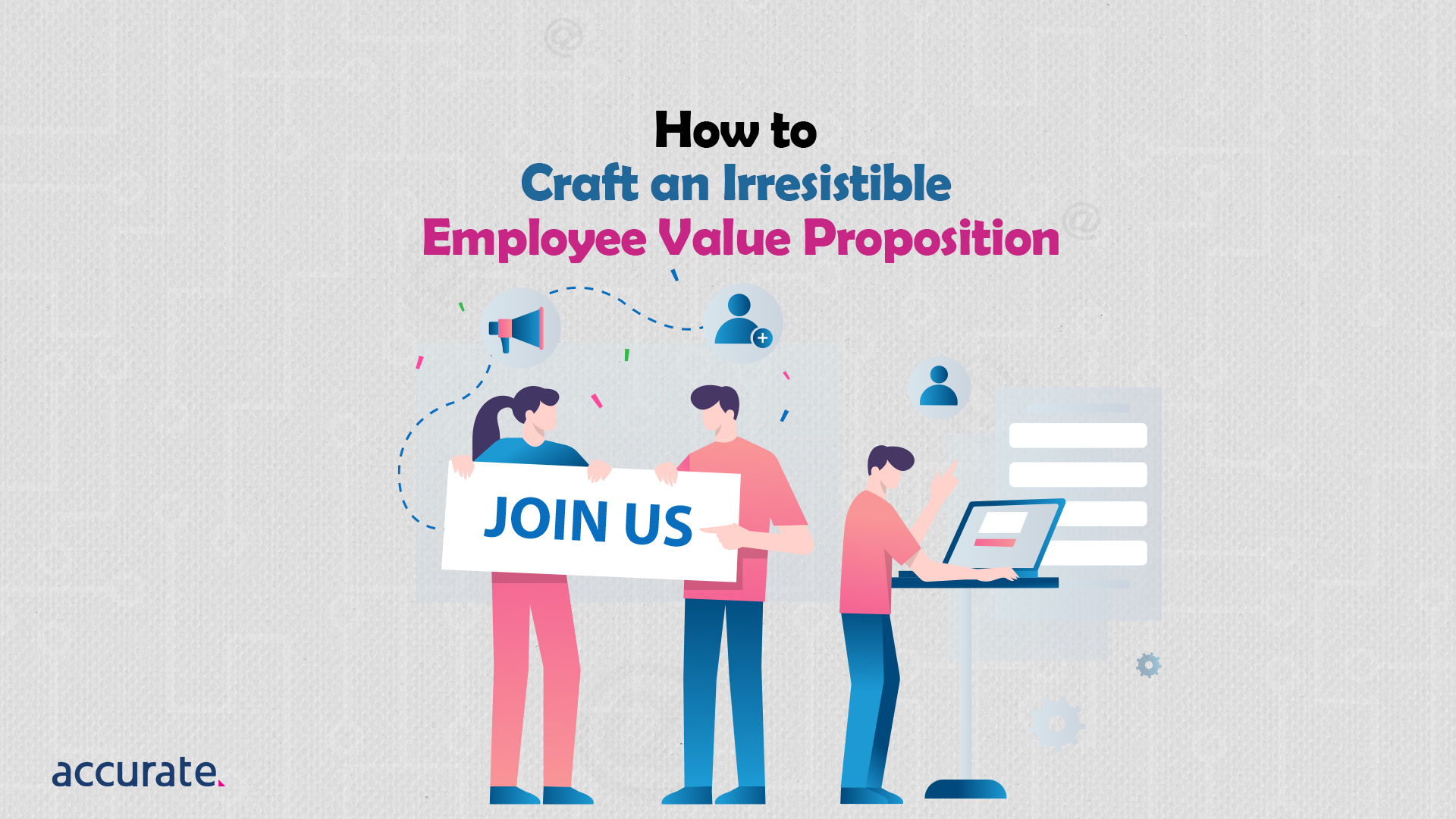The first steps in an employee’s journey within an organisation lay the foundation for their future success. If done correctly, your employee onboarding process has the potential to foster increased productivity, reduced turnover, and improved employee satisfaction.
In fact, up to 20% of all employee departures happen within the first 45 days of employment. Yet, these numbers can be significantly lowered through the use of a well-designed onboarding program.
Equally important, a good onboarding process aids in the establishment of a positive company culture that resonates with every team member.
So, here are 10 tips you can implement to build a solid onboarding process.
Tip 1: Define Clear Objectives
Onboarding is not a one-size-fits-all process. Different roles require different skills, knowledge, and levels of understanding. So, defining clear objectives for the onboarding process for each specific role is a must.
These goals should focus on competencies related to the job, knowledge about the company, understanding of responsibilities, and alignment with the company culture. Precision like this allows new hires to understand what they need to achieve, providing a clear path to follow and a measure for their success.
Tip 2: Develop a Structured Onboarding Plan
A well-structured onboarding plan serves as a roadmap for new employees, providing a clear timeline of events, activities, and responsibilities. It gives new hires a sense of direction and allows them to envision the journey ahead.
Ideally, this plan should include paperwork completion, training schedules, meetings with team members, and any other key tasks.
Pro Tip: Consistency and structure during the onboarding process help new hires assimilate quicker and feel more at ease in their new work environment.
Tip 3: Gather Necessary Resources
Having all the necessary resources available before the new employee arrives is an integral part of the onboarding process. Essentially, this means making sure paperwork is ready for signatures, desks or workspaces are clean and equipped, training materials are ready, and necessary tools or software are accessible.
Pro Tip: Consider preparing a ‘Welcome Pack’ for your new hire. This could be a simple folder that includes essential company information, key contacts, frequently asked questions, and a map of the office.
It could also include smaller items that make the employee feel welcome and appreciated, like company merchandise or a personal welcome note.
Tip 4: Communicate Early and Often
One of the simplest yet most impactful actions during the onboarding process is communication. It should begin before the employee’s official start date and continue consistently throughout their tenure.
In these communications, you can include information about their first day, the company’s operations, and details about training and expectations. Regular check-ins during the first few weeks also provide opportunities to answer questions and address any issues or concerns.
Pro Tip: Set up a communication schedule for new hires. This will allow you to ensure consistent communication throughout their first few months. It could include pre-planned check-in meetings, email updates, or even invites to relevant meetings.
Tip 5: Assign a Dedicated Onboarding Buddy
Another effective strategy is to assign a dedicated onboarding buddy or mentor. This person, ideally someone experienced within the company, can guide new hires, answer their questions, and help them understand the company culture.
Having a one-on-one connection can make a massive difference in the new hire’s experience, making them feel welcome and supported while also speeding up their acclimatisation to the new environment.
Pro Tip: Provide a small task or project that the new hire and their onboarding buddy can work on together. This encourages immediate cooperation and helps the new hire understand the practical aspects of their role with the support of their buddy.
Tip 6: Personalise the Experience
Just as every employee is unique, so too should their onboarding process be. Personalising the experience based on the employee’s role, background, and goals can create a more engaging and relevant experience.
This custom approach can range from role-specific training to acknowledging and utilising their past experiences or skill sets.
For example, let’s say you’re onboarding a new marketing executive who previously worked at a tech startup and has expressed interest in data-driven strategies. Instead of offering a generic marketing orientation, you can personalise their onboarding process by including sessions on your company’s data-driven marketing initiatives.
You could also arrange meetings with the data analytics team or provide materials that discuss in depth the innovative data-led projects your company has embarked on.
Pro Tip: Request a brief ‘bio’ from your new hires before they start, including their professional background, interests, and any areas they’re particularly keen to develop.
Use this information to personalise their onboarding experience and show them you’re invested in their individual growth from the get-go.
Tip 7: Provide Comprehensive Orientation
An orientation program that goes beyond a simple tour of the office is a key part of the onboarding process. Ideally, it should offer a holistic view of the company, including its history, mission, values, culture, policies, and procedures.
Pro Tip: As part of the orientation, organise a ‘meet and greet’ with team members from various departments. In addition to helping new employees become familiar with the organisation’s structure, this also helps them build stronger internal relationships.
Tip 8: Offer Ongoing Training Opportunities
The onboarding process is just the beginning of an employee’s learning journey within the company.
To encourage continuous development, provide access to ongoing training resources, workshops, and mentorship programs.
This access not only equips employees with the skills they need to excel in their roles but also shows them that the company values their professional growth.
Pro Tip: Introduce new hires to the learning and development opportunities during onboarding, but also make sure to revisit these resources in later check-ins. Having this experience will reinforce that professional growth is a continuous process rather than a one-time event.
Tip 9: Establish a Support System
Creating a supportive environment is essential for new hires to feel comfortable and become successful. From day one, make it clear that help is available when needed. Encourage questions and maintain open lines of communication with supervisors, colleagues, and the HR department. An organisation that fosters a culture of support will be more successful in retaining and satisfying its workforce.
Pro Tip: Set up a Q&A session where new hires can freely ask questions about the company and their role. It encourages open dialogue and establishes a culture of transparency and support from the beginning.
Tip 10: Use Employment Screening to Create Trust
Trust is a fundamental building block in any professional relationship, and it starts with the hiring process.
Employment screening is a critical step in creating this trust and ensuring that employers make informed hiring decisions. Employers can protect their business interests and lay the foundation for a trusting relationship by verifying the information that potential hires provide and confirming their suitability for the job.
Pro Tip: At Accurate Background, we specialise in providing comprehensive employment screening services tailored to your business needs.
Our team utilises sophisticated technology to conduct thorough background checks, credential verifications, and other essential screening processes. The aim is to equip employers with the confidence they need when making hiring decisions.
To get started with a safer, more informed hiring process, reach out to us at Accurate Australia. We’re committed to helping you build a trustworthy and productive workforce.
Key Takeaways
An effective onboarding process plays a crucial role in setting new hires up for success. It not only accelerates the integration and productivity of new team members but also conveys the company’s commitment to their success.
These ten best practices can help organisations turn onboarding into a strategic advantage, resulting in a loyal, productive, and engaged workforce.



